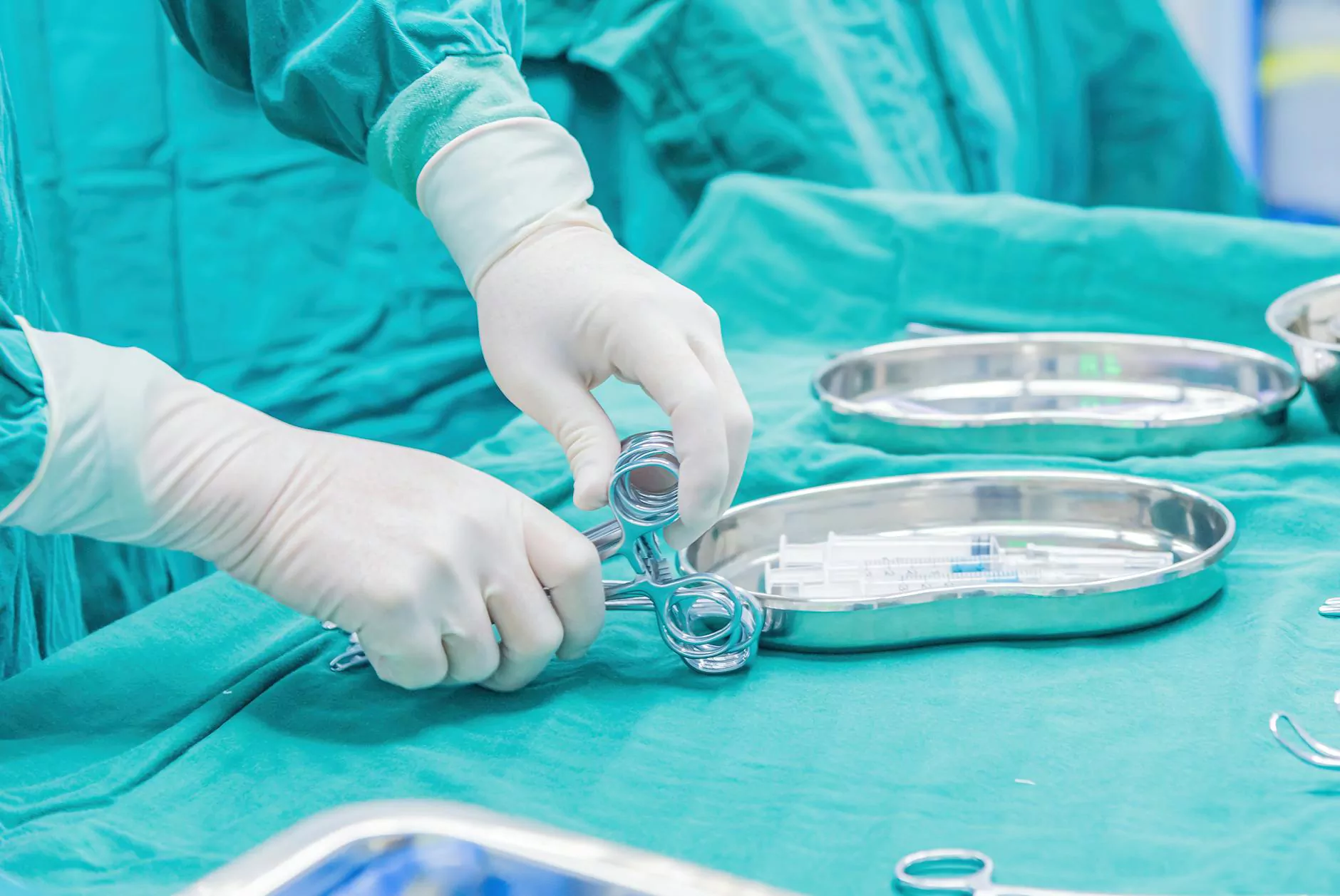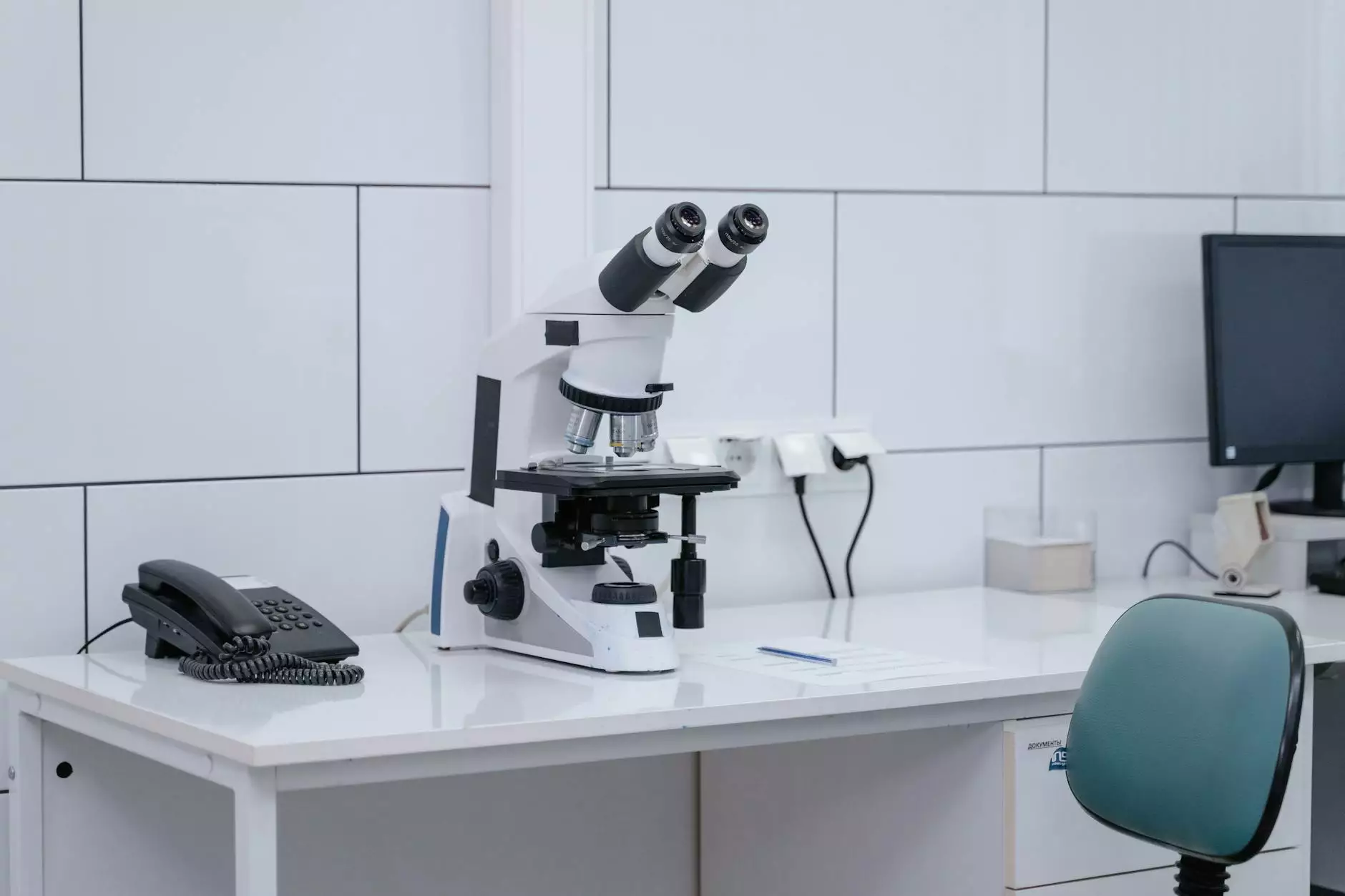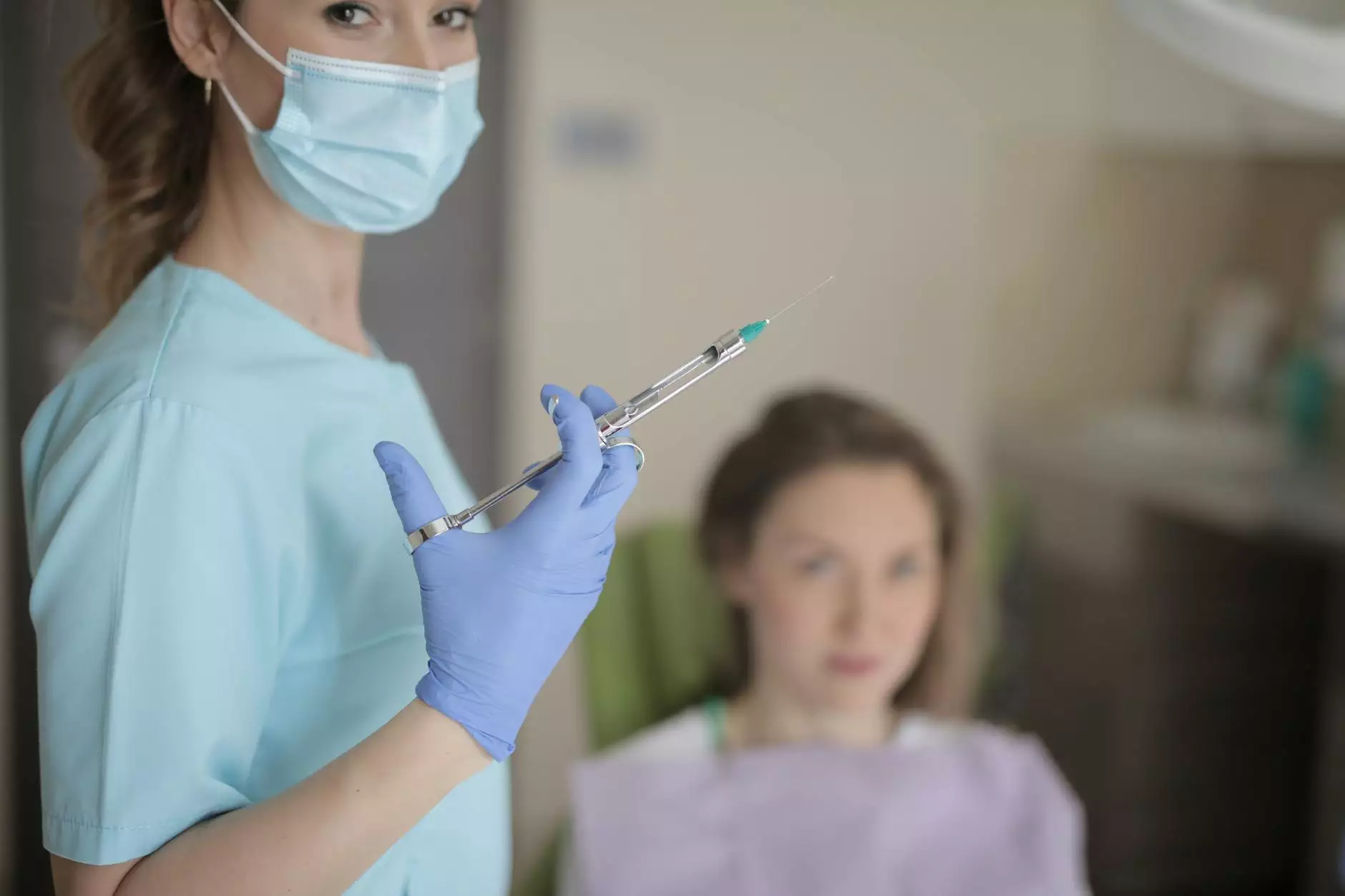Understanding Blepharoplasty: The Art of Eyelid Surgery

What is Blepharoplasty?
Blepharoplasty, derived from the Greek words "blepharo" meaning "eyelid" and "plasty" meaning "surgical molding or shaping," is a surgical procedure designed to improve the appearance of the eyelids. It can be performed on both the upper and lower eyelids to remove excess skin, fat, and muscle, creating a more youthful and refreshed look.
The Importance of Eyelid Surgery
The eyelids play a significant role in overall facial aesthetics and can affect one's confidence and self-image. As we age, factors such as sun exposure, gravity, stress, and genetics can lead to changes in the eyelid area, resulting in sagging skin, puffiness, and dark circles. Blepharoplasty addresses these issues, offering both cosmetic and functional benefits.
Indications for Blepharoplasty
Candidates for blepharoplasty typically exhibit one or more of the following concerns:
- Excess skin on the upper eyelids: This can create a tired appearance and may even obstruct vision.
- Puffiness or bags under the eyes: Caused by the accumulation of fat, this can make individuals look older or more fatigued.
- Wrinkles and fine lines: Skin aging can lead to the development of wrinkles around the eyelids.
The Blepharoplasty Procedure
The blepharoplasty procedure can be performed using local anesthesia or, in some cases, general anesthesia. The process typically involves the following steps:
- Consultation: A thorough assessment is conducted to determine the patient's goals and expectations.
- Marking the surgical sites: The surgeon will mark the areas to be corrected, ensuring precision in incision placement.
- Incisions: For upper blepharoplasty, incisions are usually made within the natural crease of the eyelid, while lower eyelid incisions are placed just below the lash line or inside the eyelid.
- Removing excess tissue: The surgeon removes excess skin, fat, and muscle, sculpting the eyelid for optimal results.
- Closing the incisions: The incisions are closed using fine sutures to ensure minimal scarring.
Recovery After Blepharoplasty
Post-operative recovery plays a crucial role in achieving the desired results. Most patients can return home on the same day of the procedure, though some factors may vary:
- Swelling and bruising: Expect some swelling and bruising, which typically subsides within a week.
- Follow-up appointments: Keeping up with follow-up appointments with your surgeon is essential to monitor recovery.
- Avoid certain activities: Patients should avoid strenuous activities and heavy lifting for a few weeks post-surgery.
- Sun protection: Protecting the eyelids from sun exposure with sunglasses is important during the healing process.
Benefits of Blepharoplasty
Choosing to undergo blepharoplasty comes with numerous benefits, including:
- Improved Appearance: The procedure enhances the youthfulness and brightness of the eyes.
- Enhanced Vision: Removing excess skin from the upper eyelids can help correct vision obstruction.
- Boosted Self-Esteem: Many patients report feeling more confident in their appearance following surgery.
- Long-lasting Results: The effects of blepharoplasty can be long-lasting, making it a worthwhile investment in one’s self-image.
Choosing the Right Surgeon
When considering blepharoplasty, selecting a qualified and experienced surgeon is critical for ensuring safety and achieving optimal results. Here's how to choose the right surgeon:
- Credentials: Look for board-certification in plastic or oculoplastic surgery.
- Experience: Ask about the surgeon’s experience specifically with eyelid surgeries.
- Before and After Photos: Request to see the surgeon's portfolio of previous patients’ results.
- Patient Reviews: Reading reviews from previous patients can provide insight into the surgeon’s skill and the overall patient experience.
Preparing for Blepharoplasty
Preparation for your blepharoplasty procedure is vital. Here are essential steps to take:
- Consultation: Discuss your medical history and goals during the initial consultation.
- Medication Review: Inform your surgeon about any medications or supplements you are taking, as some may need to be paused prior to surgery.
- Arrange Post-Operative Care: Having someone to help you at home post-surgery can facilitate recovery.
- Follow Pre-operative Instructions: Adhere to any specific instructions provided by your surgeon leading up to the procedure.
Potential Risks and Considerations
As with any surgical procedure, blepharoplasty carries certain risks, although serious complications are rare. Some potential risks include:
- Infection: Any surgical procedure carries a risk of infection.
- Scarring: Although incisions are made strategically, some scarring may occur.
- Dry eyes or vision issues: Some patients may experience dryness or temporary vision disturbances that usually resolve over time.
- Asymmetry: While surgeons aim for symmetry, slight asymmetries can occur.
Cost of Blepharoplasty
The cost of blepharoplasty can vary based on several factors:
- Geographical location: Prices can differ significantly depending on the region and the surgeon’s expertise.
- Surgical facility: Whether the surgery is performed in a hospital or an outpatient center can also impact costs.
- Anesthesia fees: The type of anesthesia administered may influence the overall price.
- Additional treatments: Some patients may choose to combine blepharoplasty with other cosmetic procedures, impacting the total cost.
While blepharoplasty can be an investment, the long-lasting benefits often make it worthwhile.
Conclusion
Blepharoplasty is more than just a cosmetic procedure; it is a transformative surgery that can rejuvenate your appearance, enhance self-confidence, and improve quality of life. If you are considering this procedure, thorough research, consultation with a qualified surgeon, and understanding the risks and benefits associated with eyelid surgery are crucial steps toward making an informed decision. By prioritizing your health and well-being, you can achieve the youthful and vibrant look you desire.









